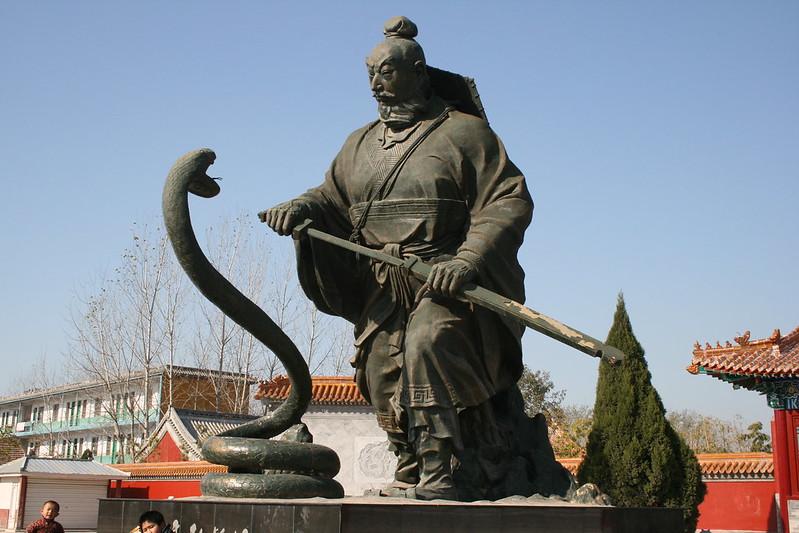Are you learning about Chinese history and culture? You cannot ignore the Han Dynasty period. This glorious dynasty is part of its rise to this day.
Why was the Han Dynasty so powerful? The following interesting facts about this dynasty will help you understand more about this densely populated country. There are many facts on this list that you did not know!
1. A peasant led an army that defeated the contemporary empire and established the Han Dynasty
Han Cao To’s name was Luu Bang, born into an ordinary peasant family. He had the cunning of a peasant and the majesty of a chivalrous man. After leaving the army, he was very good at using people and absorbing ideas.
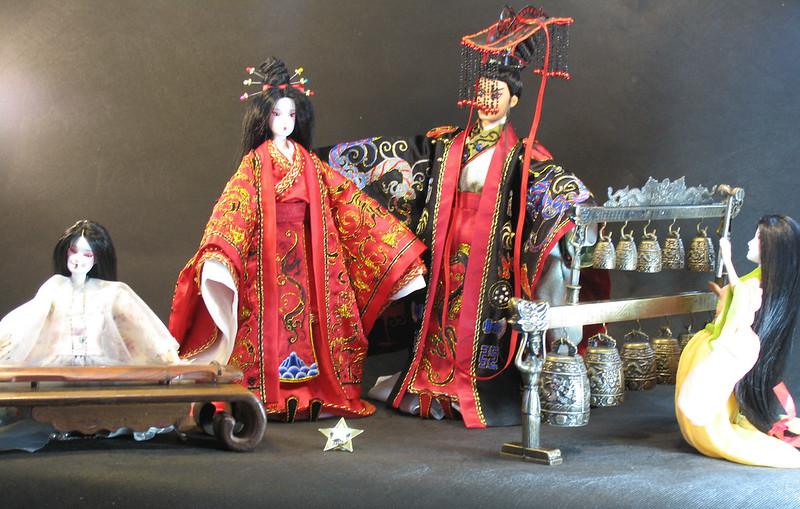
After a successful uprising, he founded the Han Dynasty and called himself Han Cao To.
2. The region’s longest-lasting empire was the Han Empire
The Han Dynasty lasted four centuries, from 206 BC to 220. Inheriting unified China from the Qin Dynasty, the Han Dynasty maintained this unity and developed the most characteristic institution in Chinese history.
The Han Dynasty maintained an absolute monarchy through a system of tax collection that was more efficient and thorough than any other contemporary institution. To obtain revenue, the Han also monopolized iron and salt.
Abundant wealth helped the Han Dynasty expand China’s borders further to the south. The weaker tribes and cultures that were not as strong were quickly defeated.
3. Due to the Silk Road trade, Han Dynasty China was more Central Asian
Before the sea route connecting the East and the West, the Silk Road was the link between China, West Asia, Central Asia, and part of the Mediterranean.
Silkworm rearing has been around for more than 1,000 years BC (BC). In ancient times, silk was a valuable product, reserved only for royalty and the aristocracy of feudal dynasties.
Around 200 BC, the Han Dynasty began to trade silk to India, Persia, and Europe. At that time, the Roman Empire and the whole of Europe appreciated the softness and charm of silk fabrics.
4. Han court eunuch created paper
The inventor of paper was a eunuch during the Han Dynasty. According to records, in 105 AD, under the Han dynasty, under the emperor Ho Ti in China, Cai Lun invented a new paper.
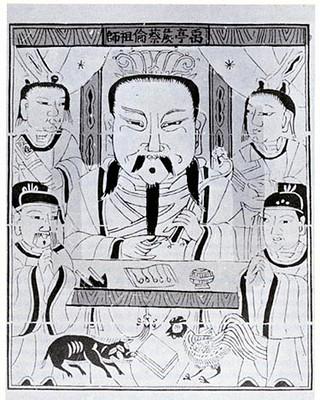
Because of presenting the paper samples to the king, Cai Lun received a noble title and an official position in the court.
Before that, Cai Lun only used paper made of cloth woven from the inner fibers of the bark of the mulberry tree (mulberry), hemp, etc. Then all the ingredients were crushed and rolled into paper making.
5. WU is the greatest ruler of the Han dynasty
With 54 years on the throne, WU is the longest-reigning monarch of this dynasty. His greatness helped the Han Dynasty become a strong nation.
China at that time was a power in the region with economic, political, and cultural development. In particular, because he was a devout person, the religion of the Han Dynasty was developed.
6. Historians subdivide the Han period into Western and Eastern Han
Western Han and Eastern Han have a succession relationship, also called Early Han and Later Han. Liu Xiu-The founder of the Eastern Han Dynasty-was a member of the Western Han Dynasty.
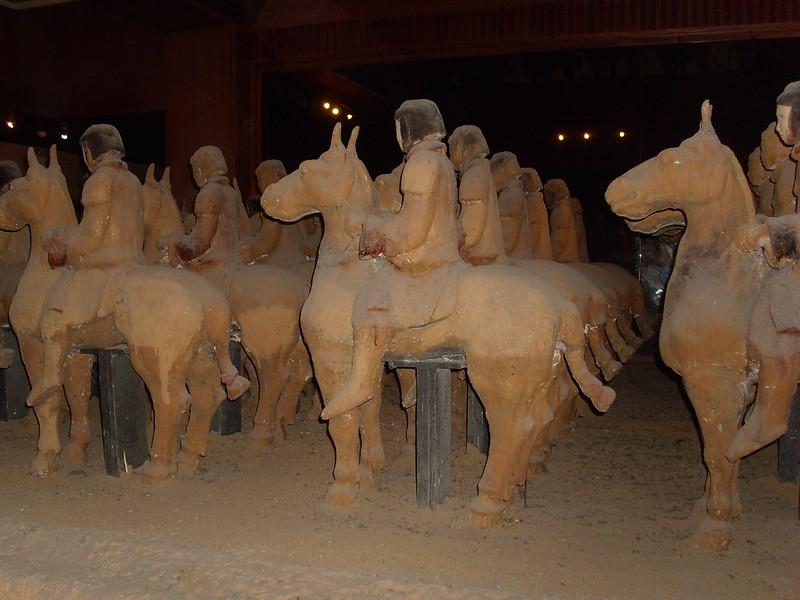
Liu Xiu did not think he had established a new dynasty but only restored the Han dynasty. He considered himself the successor of Emperor Xuan.
After ascending the throne, he honored Emperor Xuanzang as Zhongzong. Because at that time Changan was seriously damaged during the war, so he settled in Luoyang.
From a geographical perspective, Luoyang is east of Chang’an, so the dynasty established by Liu Xiujian is called the Eastern Han.
7. The official state ideology of the Han was Confucianism
After the establishment of the Han Dynasty, the kings used Confucianism as the official ideology to govern the country.
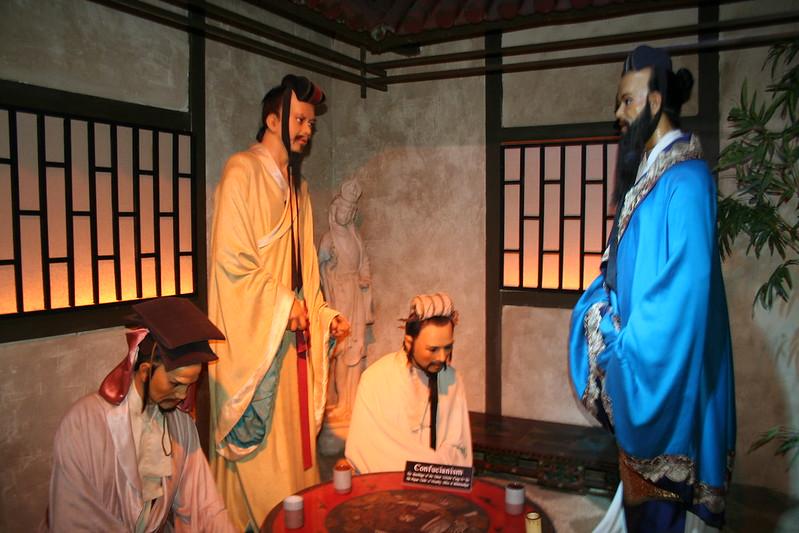
This is a school of the moral philosophy of Confucius. This ideology greatly influenced the life and culture of the Chinese people at that time. To this day, many of Confucius’ ideals still guide the Chinese way of life.
8. Odd similarities existed between the Tang and Western Han dynasties
The Han and Tang Dynasties have the following similarities:
- Created from a revolution against the brutal empire of the time.
- Both dynasties experienced many natural disasters.
- These were the two most prosperous dynasties in Chinese history thanks to progressive reforms.
- The area of the country is almost equal.
- Culture and religion flourished during these two dynasties.
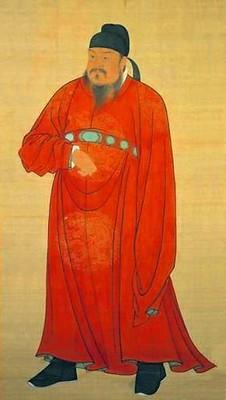
9. The Eastern Han Dynasty’s corruption led to a popular uprising
Of the fall of the Eastern Han Dynasty, historians have many explanations.
Whether it was the rise to power of local vassals or the tyranny and corruption of the Eastern Han rulers, they were the causes of the eventual downfall of the Eastern Han Empire. Han.
Beginning in AD 140, the Qiang Xianling tribes joined forces with the Qiang and Hu hybrids and invaded the Sanfu area of Guanzhong on a large scale.
10. The Han government had nine ministers and three councilors of state
The Han Dynasty had an Autocratic Monarchy government like previous dynasties. However, he created a council to jointly make decisions to build the country.
Although the king has the power to decide the fate of the country, he still needs the consent of this council. As a result, the Han government had nine ministers and three councilors of state.
FAQs
How big was the Han dynasty?
The Han Dynasty was a power in the region economically, politically, and militarily. The Han army fought and won, causing the neighboring countries to panic.
What killed the Han Dynasty?
The collapse of the seller’s house stems from the corrupt government apparatus of the Eastern Han Dynasty.
It was the harshness of the landlord’s economy that aroused the people’s resentment. After that, a series of uprisings rose against the current government.
How long did the Han Dynasty live?
The Han Dynasty lasted more than four centuries. With a long reign, the culture and thoughts of the Han Dynasty have greatly influenced the way of life of Chinese people today.
Conclusion
We have compiled some facts about the Han Dynasty that you may not have known. It was the golden age of China and contributed to the growth of this country until now.
Hopefully, this article will help you learn more about China. Read more articles on our website about Chinese culture and history.

